The World's Deadliest Ancient Weapons Originated From India
Aadhya Khatri - May 21, 2019
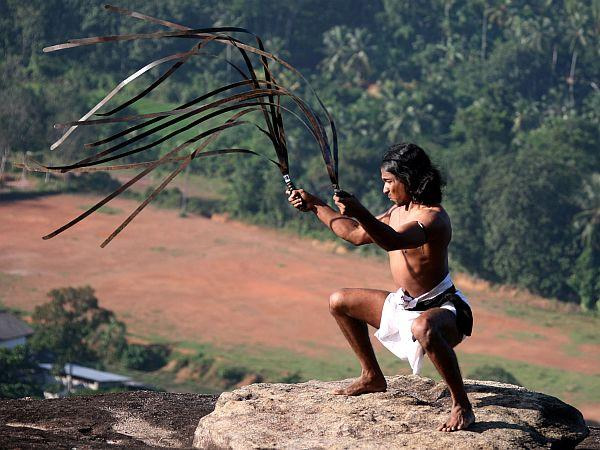
India is home to a wide range of deadly weapons that can inflict fear and suffering wherever they go
- Delhi Is The World’s Most Polluted Capital City For Three Years In A Row
- Indian Farmers Install High-Tech, Night-Vision CCTV Cameras To Protect Themselves
- Looking For The Best Electric Bike In India 2021? Take A Look At These
Before the British came and imposed their reign on India, this Asian country had already had lots of military inventions ranking tops in the world. So let’s take a look at some of them:
The Khukuri
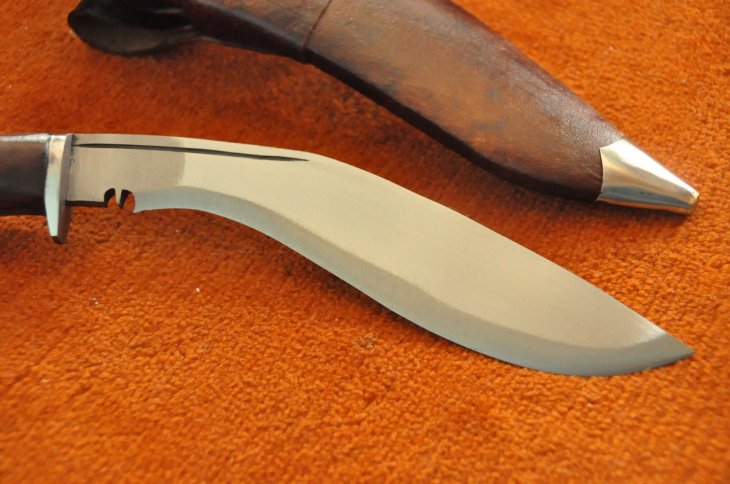
This knife has a worldwide reputation as all Gurkha soldiers, the fearless ones who are commissioned in many countries all over the world, have to wear one with their uniform.
The Khukuri is a competent tool for chopping thanks to its weight. The distinct curve in the blade can create a kind of wedge effect, making it a deadly weapon in combat as it can cut deeper than many other knives.
When the Khukuri is used to chop, it can slice as well, due to the angle of the blade. Wounds inflicted by this knife are usually deep, even go all the way to the bones.
The Urumi

The Urumi has the flexibility of the rope and the sharpness of a sword, so if you are not careful, you can hurt yourself before inflicting any wound on your opponent. Steel gives urumi the durability, but the design makes it way more agile than a regular weapon.
That is not all, if you think managing a 5 or 6 feet long sword that can move like a snake is hard, imagine dealing with up to 32 of them at once as an urumi usually has that many blades on the same handle.
The Dandpatta
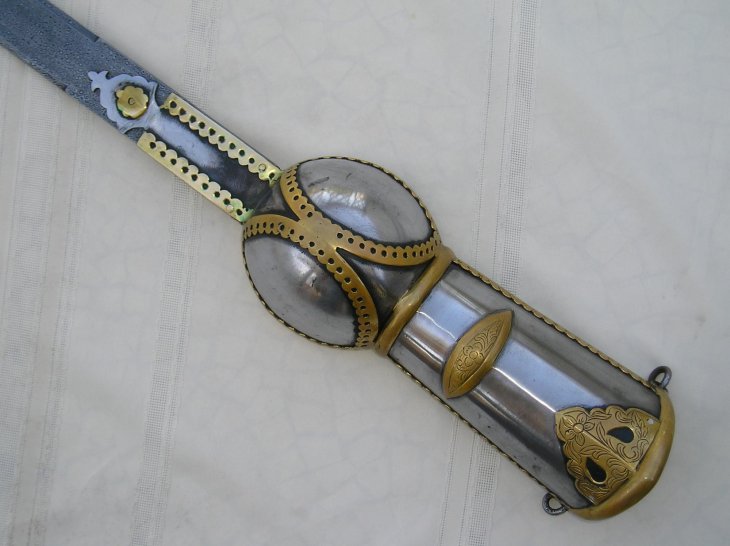
During combat, your hands can be cut by your opponent’s weapon if you use a typical sword, but not if you have a dandpatta. What sets this sword apart is the hilt that looks exactly like a gauntlet. Shivaji Maharaj, the famous warrior king, was a master of using the dandpatta.
The Katar
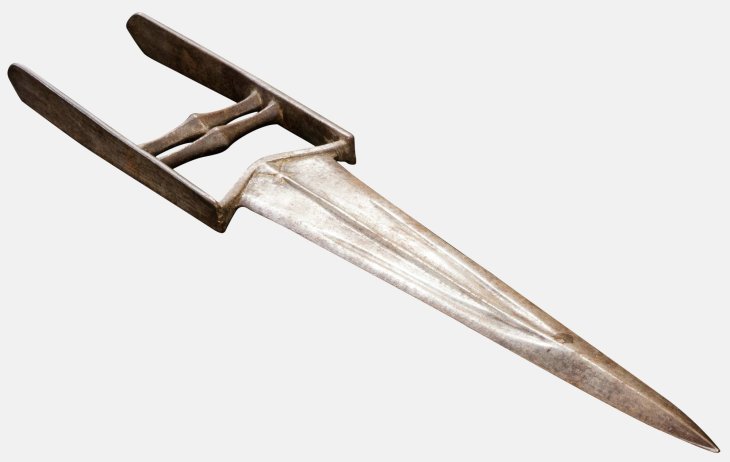
When swords are broken, their pieces can be made into katars, which can have a few shards attached to one handle. What makes these daggers different from the other is the H-shaped grip. When users hold the katar, the blade will be positioned right above their knuckles.
The katars cannot be found anywhere else but the Indian subcontinent. Other than for use as a weapon, these daggers can also appear in worship ceremonies.
The Bagh Nakha
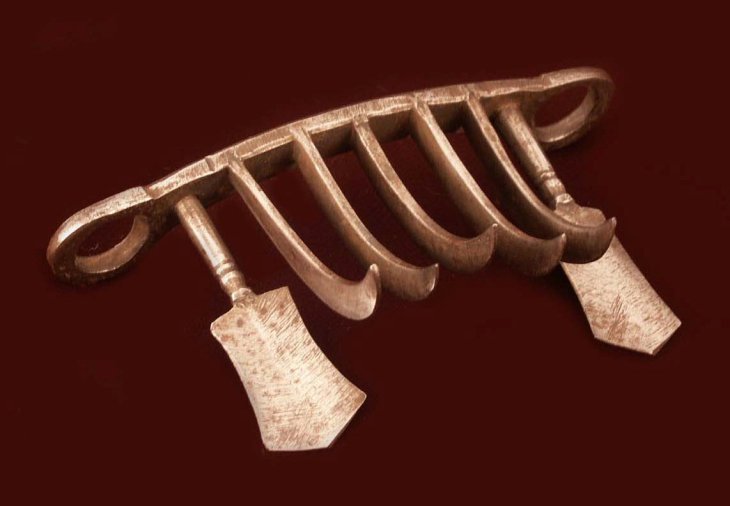
This weapon can be paired with poison to knock out opponents faster. The first thing most people notice when they see the bagh nakha is that it resembles a claw. It is believed that this special weapon was inspired by the armament of big cats.
As this weapon can be hidden under the palm, women are encouraged to bring one along to keep them safe.
The Talwar
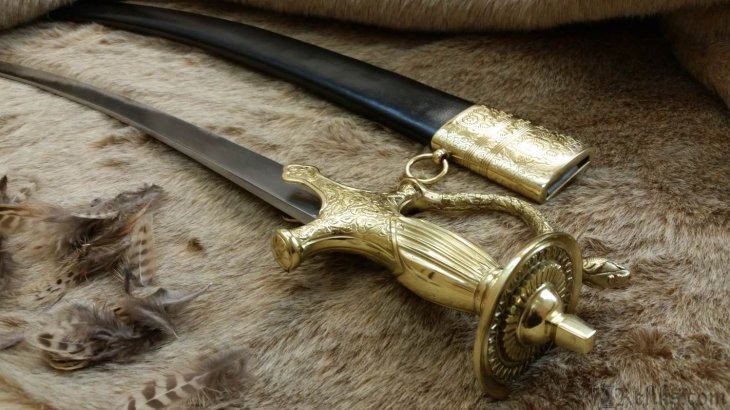
Talwars are curved swords and are usually thicker than a typical western one. Thanks to this property, this Indian version has more power when it comes to slicing.
Chakkar/Chakram
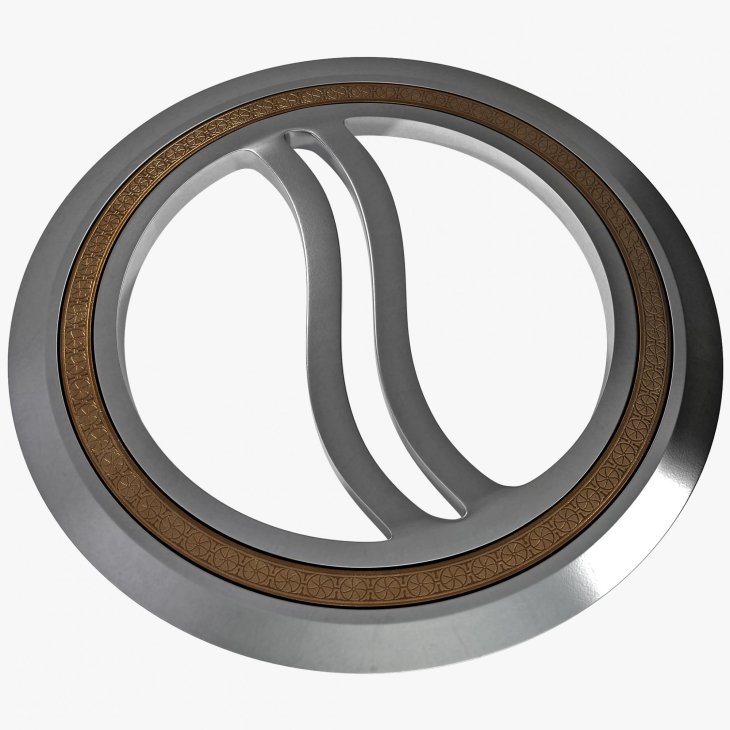
The Chakram is a throwing weapon, and its user can take out an opponent when sitting on horseback or an elephant. The weapon has the edge over a spear when soldiers are in this position as it can be thrown more easily. When in use, it can slice and chop down anything standing in its path.
Many soldiers wear a few chakrams on their arms so that they can carry out multiple attacks on their enemy.
Chakrams can be used in many different ways, depending on their sizes. A steel one that has the diameter of more than 15 cm can go as far as 60 meters. A brass chakram can reach a greater length of about 100 meters.
Sometimes a chakram is thrown in the way we do with an Aerobie. However, in battles, soldiers usually guide the weapon to go vertically to prevent it from accidentally hurt allies on both sides. Thanks to its shape as a perfect circle, its path is not easily deflected by wind force.
Featured Stories

Features - Jul 01, 2025
What Are The Fastest Passenger Vehicles Ever Created?

Features - Jun 25, 2025
Japan Hydrogen Breakthrough: Scientists Crack the Clean Energy Code with...

ICT News - Jun 25, 2025
AI Intimidation Tactics: CEOs Turn Flawed Technology Into Employee Fear Machine

Review - Jun 25, 2025
Windows 11 Problems: Is Microsoft's "Best" OS Actually Getting Worse?

Features - Jun 22, 2025
Telegram Founder Pavel Durov Plans to Split $14 Billion Fortune Among 106 Children

ICT News - Jun 22, 2025
Neuralink Telepathy Chip Enables Quadriplegic Rob Greiner to Control Games with...

Features - Jun 21, 2025
This Over $100 Bottle Has Nothing But Fresh Air Inside

Features - Jun 18, 2025
Best Mobile VPN Apps for Gaming 2025: Complete Guide

Features - Jun 18, 2025
A Math Formula Tells Us How Long Everything Will Live

Features - Jun 16, 2025
Comments
Sort by Newest | Popular